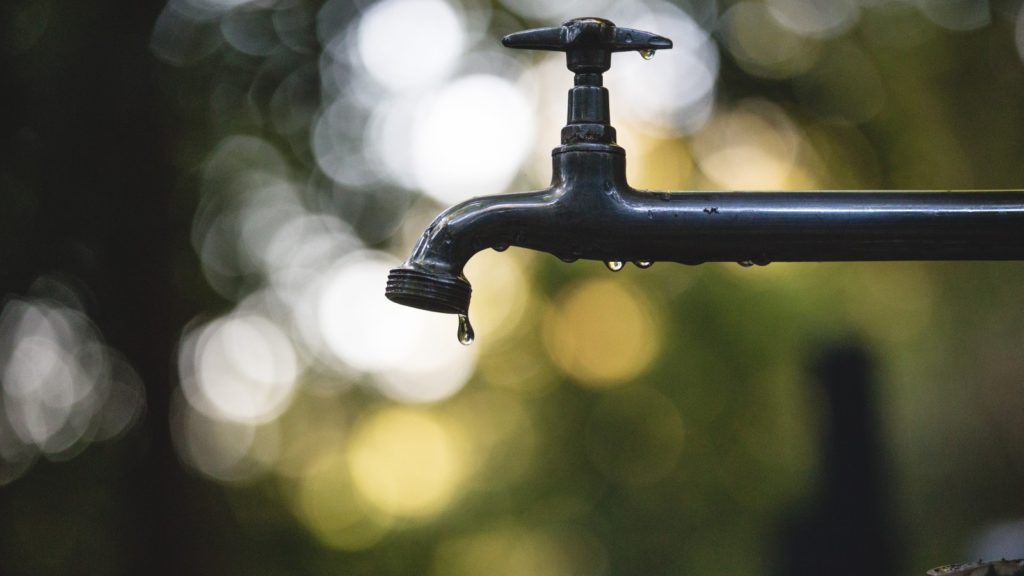SEO has entered a new era in 2026. AI tools are more powerful, users expect instant results and Google continues tightening its criteria for…
How 460 million people could be living in water-stressed areas by 2025

Inefficient water management could result in dire water challenges for many households in the country, come 2025.
The challenge
This is the reality according to Rudie Opperman, manager for engineering and training MEA at Axis Communications, following a 58-hour water maintenance shutdown in Johannesburg in July, which left thousands of residents including businesses without water for an extended period.
The country is facing a water crisis with scarcity and inefficient water management becoming a real challenge which prompts an urgent need to adopt innovative measures that will address immediate water issues in an effort to secure the country’s utilities for the future.
The answer
Smart surveillance technology, which comes with thorough data analytics and real-time monitoring is the answer and tool to secure water resources and manage water usage efficiently.
A plan from the Department of Water and Sanitation’s National Water and Sanitation master Plan identifies a water supply deficit of 17% by 2030. UN- Africa Water Vision 2025 predicts that close to 230 million African’s will be facing water scarcity and up to 460 million will be living in water-stressed areas by 2025.
Smart technology is one of the answers as it promises to revolutionize water management while enhancing efficiency and safeguarding the country’s resources.
Surveillance technology in the form of video cameras enhanced thermal imaging and radar and IoT sensors can monitor water infrastructure and valuable resources against thieves or illegal access into facilities.
The same surveillance technology can also be used to gather real-time water usage data, with additional tools such as conventional flow sensors and smart meters that monitor consumption and usage levels, facility managers can use video-based verification to confirm different levels.
The use of AI can also add a layer of efficiency to the surveillance technology especially when it comes down to water infrastructure across diverse geographical areas.
Surveillance tech can be the solution to monitor rivers, lakes, and ground water reserves.
By tracking water levels and flows, authorities can better manage water allocation and assess the impact of human activities to ensure sustainable usage of water.
Cloud tech as an addition
Cloud technology will play a pivotal role in the effectiveness of surveillance technology in mitigating a water crisis.
Cloud-based solutions will allow massive volumes of data generated by surveillance devices, sensors, and monitoring systems to be securely stored and processed in real-time.
These cloud networks promise flexibility and scalability and will enable water utilities to expand their data storage capacity as needed.
A possible water crisis demands innovative and proactive solutions to ensure the long-term sustainability of a precious resource and smart surveillance tech offers one of the answers in addressing the challenge posed by water scarcity.

Also read: Which is better? Apple iPhone 15, iPhone 14 or iPhone 13, we find out

